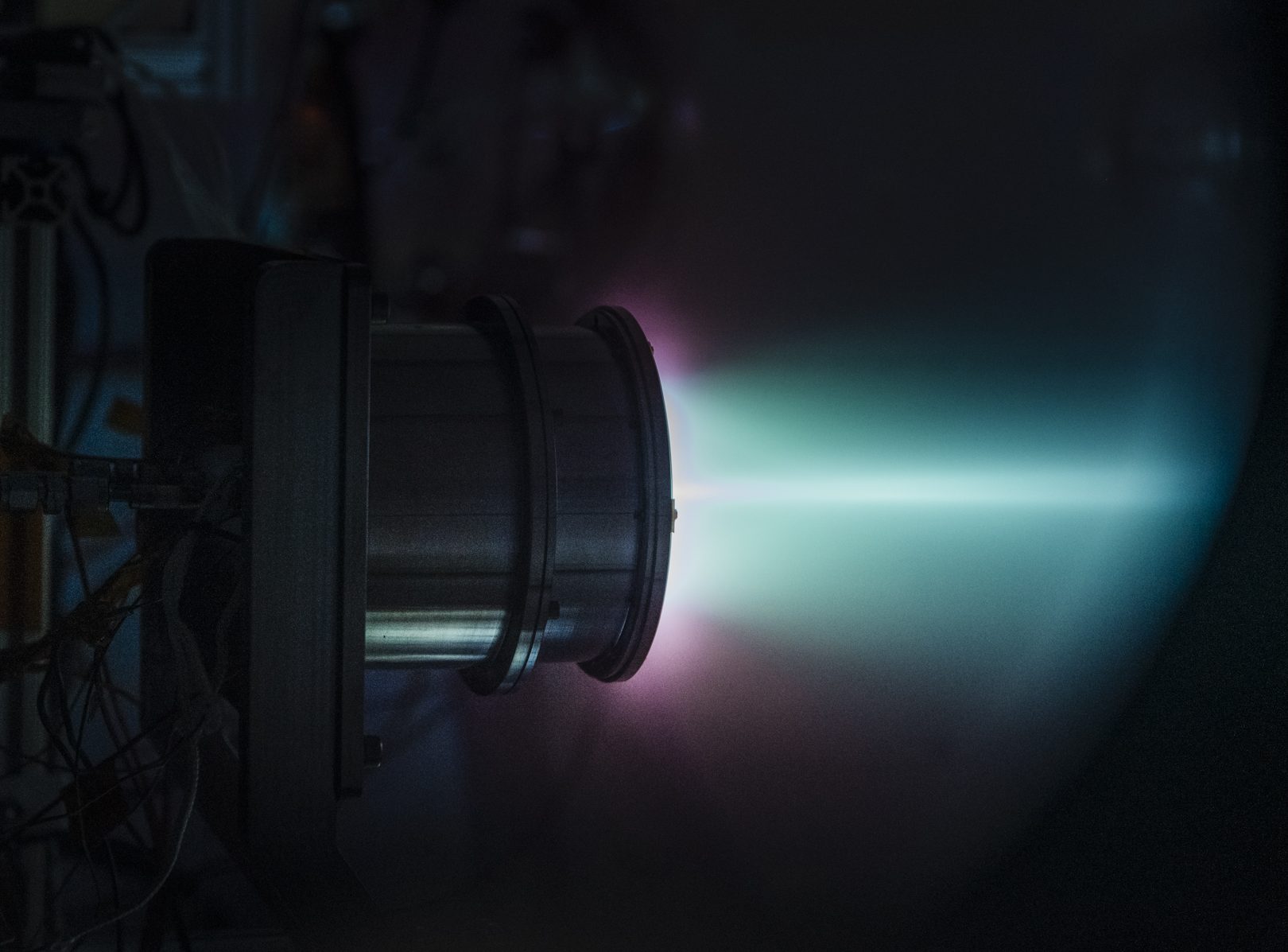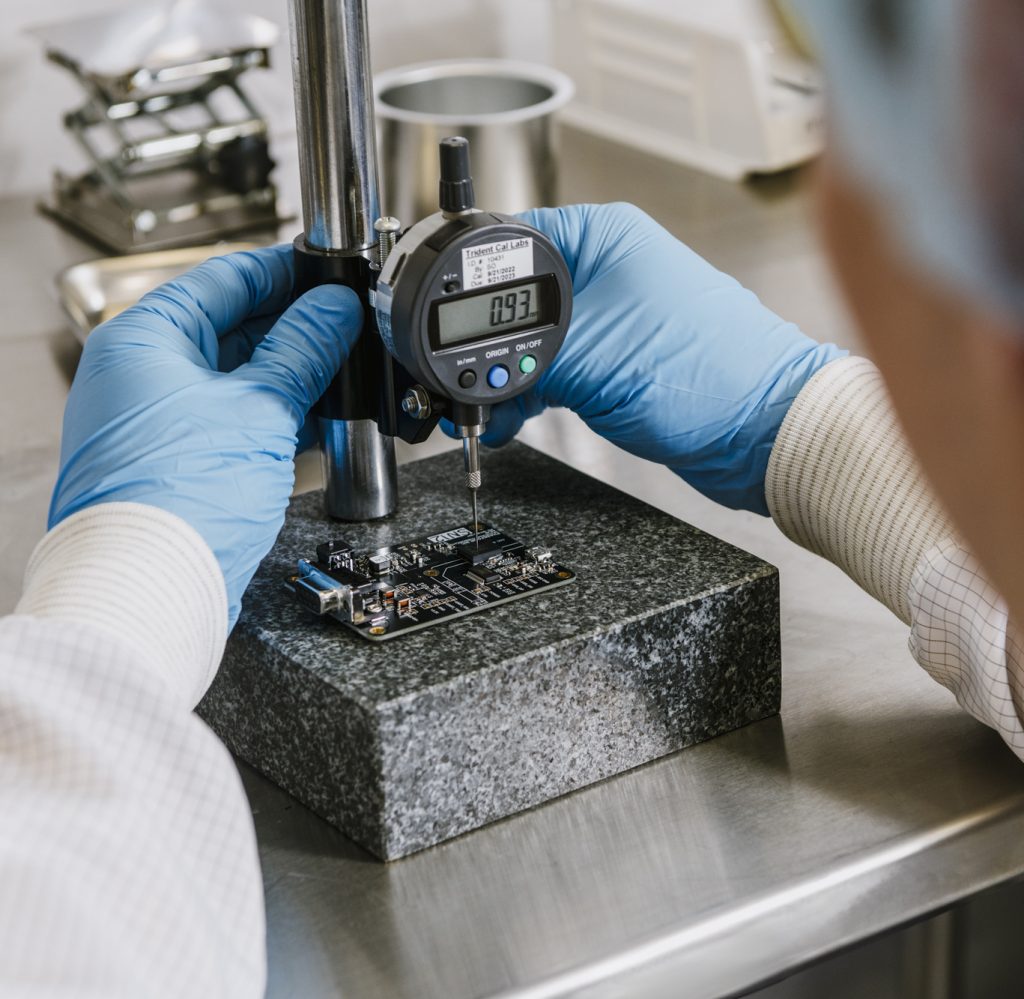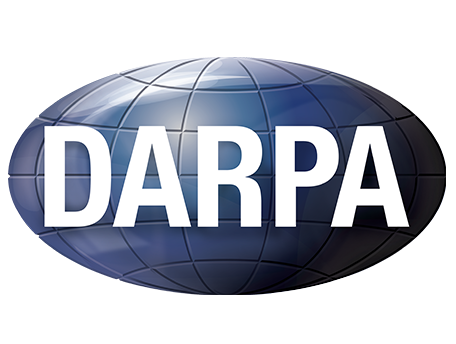
At Phase Four we are constantly pushing the envelope of RF plasma propulsion. We have active R&D in plasma physics of RF thrusters, advanced propellants, and new applications of plasma propulsion in space.
ADVANCED DEVELOPMENT SPOTLIGHT
Iodine Based RF Plasma Propulsion
Iodine propellant has been on the roadmap of plasma propulsion around the world for a number of years. Studies by NASA Glenn Research Center affirmed that iodine has promise, but its incompatibility with cathodes found in traditional plasma thrusters limits their use with this advanced propellant. Phase Four’s RF thruster contains no cathode or anode, and in 2021 Phase Four won a Phase 2 Small Business Innovation Research grant funded by AFWERX to develop the first electrodeless iodine plasma thruster in the United States.
Why Build it?
Iodine propellant brings a number of critical advancements to the market:
Phase Four is partnering with the Air Force Research lab and working closely with NASA to help advance the state of the art in iodine electric propulsion.
“There is a growing need for more options for advanced electric in-space propulsion, to provide satellites with better maneuverability and operability in space at an affordable cost, and propellant flexibility could provide new options for in-space propulsion,” said Dr. Eckhardt, Electric Propulsion Lead at AFRL.
The successful development of an advanced propellant like iodine will enable lower cost, higher reliability deployment of infrastructure in space.





